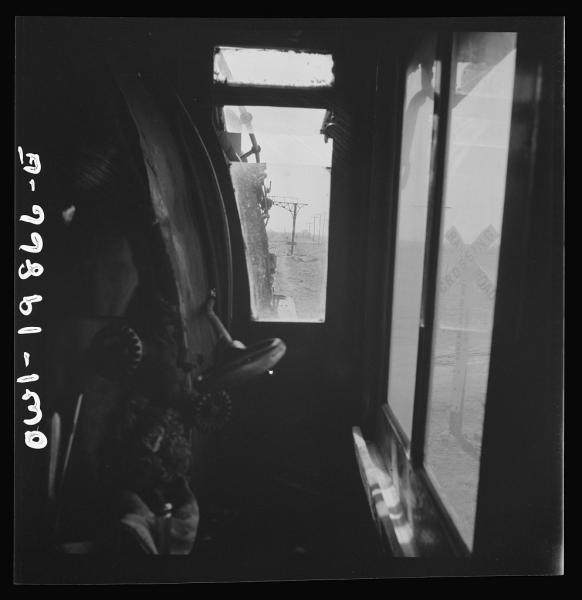
It also explains why the view ahead is not as important in a steam cabview. :)

Posted 02 September 2014 - 10:58 PM


Posted 02 September 2014 - 11:20 PM
 copperpen, on 27 August 2014 - 09:07 AM, said:
copperpen, on 27 August 2014 - 09:07 AM, said:

Posted 02 September 2014 - 11:31 PM

Posted 03 September 2014 - 12:01 AM

Posted 03 September 2014 - 12:56 AM
 beresford, on 01 September 2014 - 07:16 AM, said:
beresford, on 01 September 2014 - 07:16 AM, said:

Posted 03 September 2014 - 10:43 AM

Posted 03 September 2014 - 10:56 AM
 atsf37l, on 02 September 2014 - 11:20 PM, said:
atsf37l, on 02 September 2014 - 11:20 PM, said:

Posted 03 September 2014 - 03:09 PM

Posted 04 September 2014 - 02:59 AM
 dennisat, on 03 September 2014 - 12:56 AM, said:
dennisat, on 03 September 2014 - 12:56 AM, said:

Posted 04 September 2014 - 03:08 AM
 atsf37l, on 03 September 2014 - 03:09 PM, said:
atsf37l, on 03 September 2014 - 03:09 PM, said: